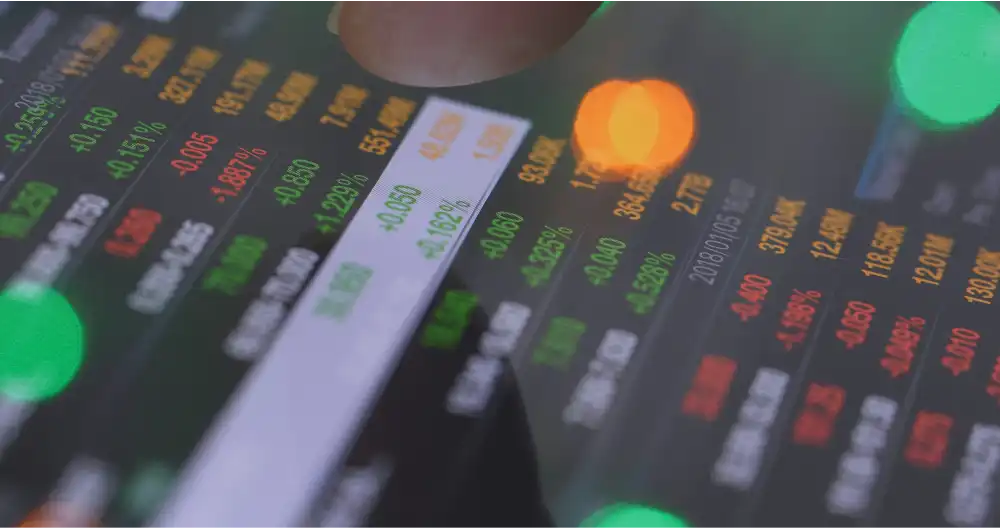
Q3 2024
The third quarter of 2024 was marked by a mixed performance across global financial markets, driven by a combination of economic, geopolitical, and monetary policy factors.
Global equity markets experienced heightened volatility throughout Q3, as investors navigated the twin challenges of central bank policies and growing geopolitical uncertainties. Despite these headwinds, major indices posted a modest overall gain for the quarter.
U.S. equity markets had a somewhat uneven quarter. The S&P 500 and Nasdaq Composite were driven higher by robust earnings from technology giants and optimism surrounding AI-related sectors. However, concerns about the Federal Reserve's interest rate policy and the risk of prolonged inflation led to periodic sell-offs. By the end of September, the S&P 500 gained approximately 3%, while the Nasdaq Composite saw a more substantial rise of 5%, outperforming other major indices. European markets struggled compared to their U.S. counterparts, weighed down by weaker economic data and persistently high inflation. The Euro Stoxx 50 ended the quarter flat, as sectors like energy and industrials struggled amid higher energy costs and slower growth. A resilient banking sector and improving sentiment toward consumer stocks provided some offset. n Asia, the performance was uneven across markets. China's stock markets, particularly the Shanghai Composite, underperformed as concerns over a slowing economy and debt troubles in the property sector remained front and center. However, Japan's Nikkei 225 outperformed, climbing by 4% for the quarter, driven by a weaker yen and robust corporate earnings, especially in export-oriented sectors.
Bond markets were driven by continued monetary tightening by central banks. In the U.S., the Federal Reserve raised rates again in July, bringing the federal funds rate to a range of 5.5%–5.75%, its highest level in over two decades. The yield on the 10-year U.S. Treasury hit new highs for the year, nearing 4.75%, reflecting investor expectations of prolonged higher rates and inflation concerns.
In Europe, the European Central Bank (ECB) maintained its tightening stance, although signals of a potential slowdown in rate hikes emerged towards the end of the quarter due to slowing growth across the eurozone. As a result, sovereign bond yields in Europe remained elevated but stabilized towards the end of Q3.
The U.S. dollar strengthened against most major currencies during Q3, supported by higher interest rates and robust economic data. The U.S. Dollar Index (DXY) climbed over 4% during the quarter, reaching its highest level since March 2023.
Geopolitical concerns played a significant role in market sentiment during the third quarter. The ongoing war in Ukraine and escalating tensions in the Middle East raised risks of further disruption to energy markets. Additionally, concerns over a potential global economic slowdown, particularly in Europe and China, kept investors cautious.
The debt crisis in China's property sector, particularly with the financial woes of major developers, created uncertainty around growth prospects for the world's second-largest economy. These factors contributed to a more risk-off sentiment towards the end of the quarter.
